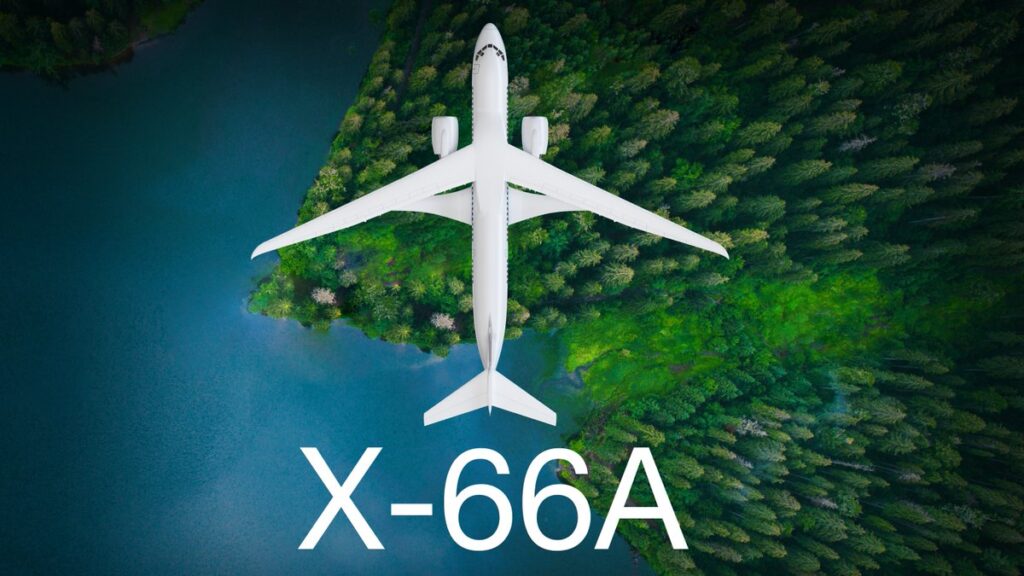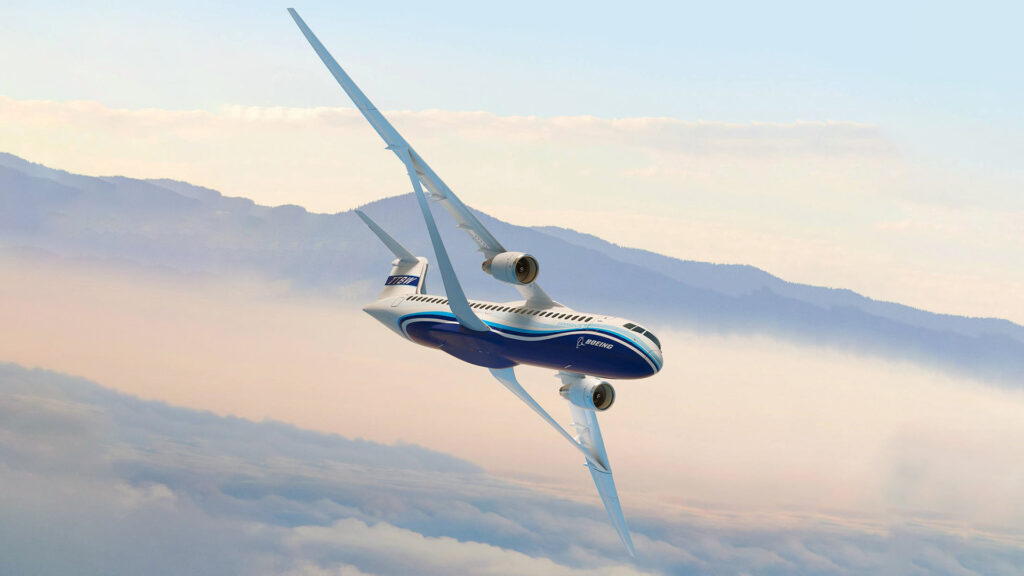According to NASA, the latest X-plane will be built as part of the Sustainable Flight Demonstrator project in collaboration with the US planemaker Boeing Company.
The US Air Force has given the plane the code name X-66A. Further, according to a statement, it will be built alongside Boeing, focusing on achieving net-zero emissions from passenger aviation in line with the White House’s Climate Action Plan.
Programs for development that aim to revolutionize aircraft configurations are given the X-plane status. These aircraft are only for research use and are used to test concepts and innovations.
None of the X-planes have been used in manufacturing or as prototypes. Instead, other aircraft designs eventually embrace the technology.

Sustainable Flight Demonstrator Project
The National Advisory Committee for Aeronautics (NACA), the forerunner of NASA, developed an experimental aircraft in collaboration with the US Air Force and the US Navy in the 1940s, leaving behind the X-plane heritage. Since then, NASA has recognized many designs as X-planes, the most recent being the X-66A.
NASA is focused on exploring other planets and stars in space but is also concerned with issues affecting our world. Further, 2.5% of the world’s carbon emissions come from the commercial aviation sector.
Single-aisle aircraft, the workhorse of the industry, are responsible for more than half of these emissions.
The Sustainable Flight Demonstrator Project was awarded revenue earlier this year. Subsequently, it seeks to fundamentally alter the single-aisle aircraft design by incorporating novel airframe features like a new wing shape.

NASA Boeing Collaborate For X-Plane
In this project, NASA and Boeing are working together to convert a Boeing MD-90 to have a shorter fuselage. Also, a new engine and a new wing design.
The aircraft is anticipated to have long, thin wings with engines located underneath and aerodynamic trusses for support. When the project was chosen, NASA and Boeing started looking into X-plane status.
“We’re incredibly proud of this designation,” said Todd Citron, chief technology officer of Boeing, “because it means that the X-66A will be the next in a long line of experimental aircraft used to validate ground-breaking designs that have transformed aviation.”
“We’ll have the chance to influence aviation’s future and help the industry transition to a low-carbon economy. By using the lessons learned during design, construction, and flight testing,” added Citron.
The new aircraft is anticipated to consume 30 percent less fuel than the best-in-class aircraft currently on the market. Thanks to features like its Transonic Truss-based Wing design, engine systems, and architecture.

Bottom Line
In this partnership, Boeing is expected to invest $725 million in the X-plane, while NASA would invest $425 million over seven years along with its technical resources.
“We need transformative aircraft concepts like the ones we’re flying on the X-66A to reach our goal of net zero aviation emissions by 2050,” said Bob Pearce, associate administrator for NASA’s Aeronautics Research Mission Directorate.
“With this experimental aircraft, we’re shooting for the moon to show the kinds of energy-saving, emissions-reduction technologies the aviation industry needs.”
In comparison to the best-in-class aircraft currently on the market, the new aircraft is anticipated to consume 30% less fuel thanks to features like Transonic Truss-based Wing arrangement, propulsion systems, and architecture.
Stay tuned with us. Further, follow us on social media for the latest updates.
Join us on Telegram Group for Latest Aviation Updates. Subsequently, follow us on Google News.
